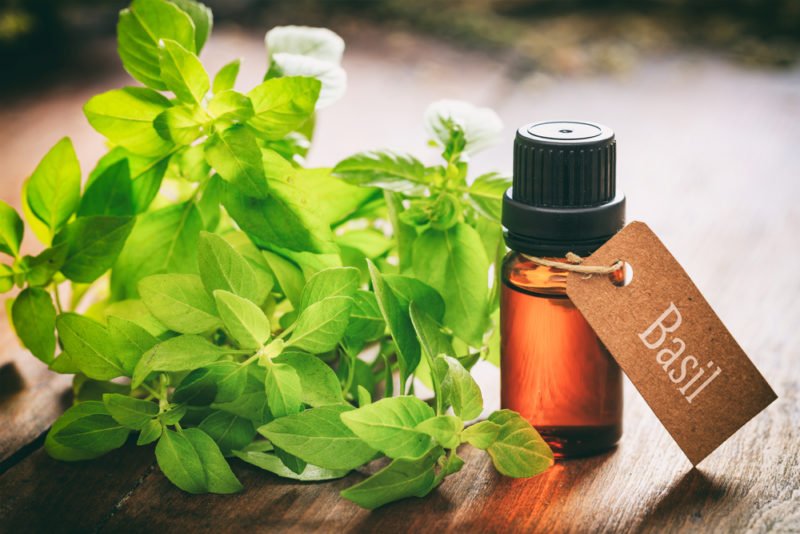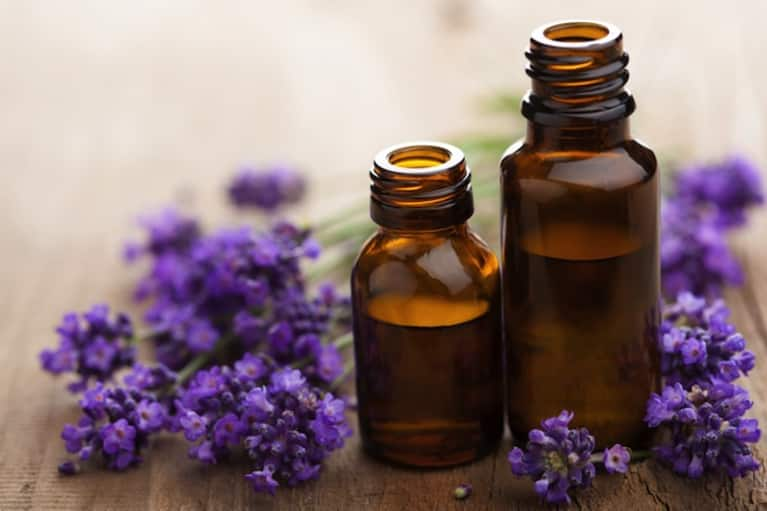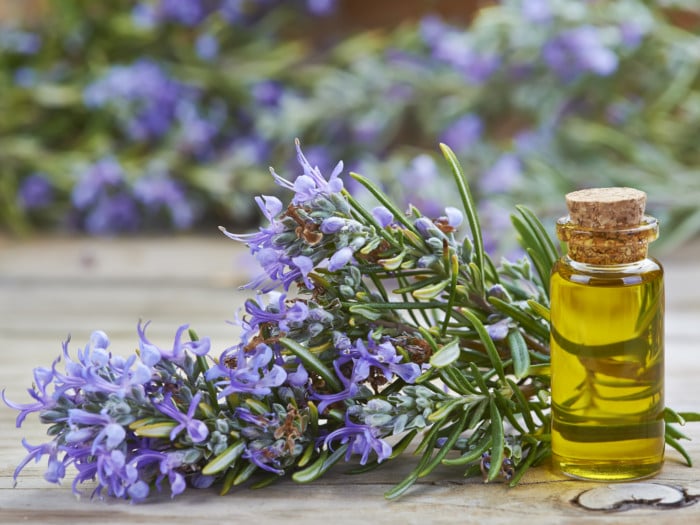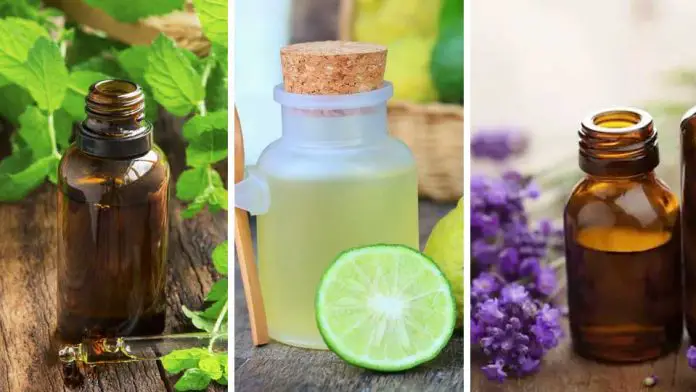Typically found in glass bottles, essential oils are known for their health and medicinal benefits such as minimising emotional stress, relieving headaches and encouraging a good night’s sleep. But not all essential oils are created equal. Which is why we have rounded up a handy list of some of the most popular essential oils for the next time you want to make a purchase.
1) Basil
Basil is no stranger to the culinary world, particularly in popular Italian dishes such as pasta and pizza. But this versatile herb is more than just a natural flavour enhancer. Basil can also be found in the form of essential oils, which is extracted from leaves, flowers and stems of the plant using steam distillation.
What does it smell like?
Herbal, spicy with a hint of liquorice-like sweetness.
What are the benefits?
Relieve common respiratory symptoms such as colds and coughs. It can also be used to help boost your concentration levels and mental alertness.
What are the precautions you need to know?
Do not use basil oil if you are pregnant or a child under 16 years of age. It can cause an allergic reaction if you have sensitive skin. Perform a minor skin test beforehand by applying a small drop of basil oil to see if any rash occurs.

2) Bergamot
Bergamot is a type of citrus fruit commonly used as a flavouring for Earl Grey Tea. It is also one of the typical ingredients found in soaps and shampoos. The bergamot oil is extracted from the rind of the fruit using steam distillation or cold-pressing method.
What does it smell like?
Sweet, tart and citrusy.
What are the benefits?
Relieve stress and anxiety and has anti-inflammatory properties that can be used topically for treating skin conditions.
What are the precautions you need to know?
Keep in mind that bergamot oil can cause sunburn if exposed to direct sunlight. This is because the oil contains bergapten that leads to phototoxicity, a type of chemical reaction associated with sun exposure and skin damage. Do not use bergamot oil if you are pregnant or suffer from liver conditions.
3) Clary Sage
A native to the northern Mediterranean Basin, clary sage is a flowering plant typically cultivated for tea-flavouring purposes. The clary sage oil is extracted from the buds and leaves of the plant through steam distillation technique.
What does it smell like?
Sweet, herbal with a hint of nutty aroma.
What are the benefits?
Relieve stress and depression, as well as reducing menopause symptoms & menstrual cramps. The clary sage oil also contains antibacterial properties that may help bacterial infections associated with colon, intestines and urinary tract system.
What are the precautions you need to know?
It is not advisable to use clary sage oil if you have low blood pressure or are pregnant. It can also cause headaches if overused.

4) Eucalyptus
Eucalyptus oil is extracted from the leaves of eucalyptus tree species. Steam distillation is used to open up the plant cell, in which the heat helps release the oil.
What does it smell like?
Clean and fresh with a minty scent.
What are the benefits?
Eucalyptus oil is traditionally used for improving respiratory symptoms associated with colds and allergies. It also has antiseptic and decongestant properties that help reduce pain due to cuts and wounds.
What are the precautions you need to know?
Use with caution if you are pregnant or diagnosed with high blood pressure. It can also cause headaches if overused.

5) Lavender
A type of herb plant which has a distinctive pale purple colour, lavender oil is extracted using steam distillation and can be mixed with other essential oils such as bergamot, clary sage and eucalyptus.
What does it smell like?
Sweet and refreshing with a floral scent.
What are the benefits?
Relieve stress and calm your senses. It also helps promote sleep and has antiseptic properties to relieve pain and prevent bacterial infection.
What are the precautions you need to know?
Although lavender oil is highly regarded as one of the safest essential oils, pregnant ladies should use it with caution since it can cause menstrual symptoms.

6) Peppermint
Peppermint oil is extracted from the leaves of the peppermint plant using the steam distillation method.
What does it smell like?
Strong and refreshing with a minty scent.
What are the benefits?
Relieve fatigue, tension and helps to boost your mood. It can also relieve indigestion symptoms, nausea and migraines.
What are the precautions you need to know?
Those who are pregnant or nursing should stay clear from using the oil. The same also goes for those with epilepsy or heart conditions.

7) Rosemary
Rosemary is one of the most popular herbs commonly used in cooking such as chicken, fish and lamb. But the leaves of a rosemary plant can be used as an essential oil extracted by steam distillation.
What does it smell like?
Fresh and aromatic with a woodsy scent.
What are the benefits?
Relieves stress, boosts the immune system, reduces pain, promotes healthy digestion and improves brain health.
What are the precautions you need to know?
Pregnant ladies, as well as those with epilepsy and high blood pressure, are not advisable to use rosemary oil.

8) Tea Tree
Tea tree oil is distilled by steam from the leaves and twigs of a plant known as Melaleuca alternifolia.
What does it smell like?
Strong, fresh with a camphor-like medicinal scent.
What are the benefits?
Promotes healthy hair, controls dandruff & skin irritations and contains anti-inflammatory properties that help to reduce pain and heal wounds.
What are the precautions you need to know?
Although tea tree oil is generally safe for topical uses, exercise caution by applying a small drop onto your skin to see if any rash occurs.

https://www.facebook.com/tallypressmy/















